Review
The Audi A3, which has undergone a mid-life facelift, promises a lot with a new plug-in hybrid system, a new 1.5-litre petrol engine and DC charging for the first time.
The range boost offered by its latest plug-in hybrid technology has really impressed after a couple of weeks on the Fleet News long-term test fleet.
The A3 Sportback S line 40 TFSI e S tronic we have on test comes with a 25.7kWh (19.7kWh useable) battery which offers an electric-only range of up to 88 miles – more than adequate to avoid having to tap into its new turbocharged petrol engine.
You can prioritise the electric drive with the EV button in the switch panel or by selecting it in the MMI, which enables the vehicle to operate like a fully electric model.
In ‘Auto Hybrid’ mode, the primary operating mode, the combustion engine and electric motor share the work intelligently – purely electric driving at low speeds, with the TFSI engine taking priority at higher speeds and often both drives together.
Depending on the situation, the A3 Sportback 40TFSI e can coast, recuperate – both in thrust and braking – or boost together with the electric motor and TFSI.
In addition, the hybrid management system keeps the battery charge level constant to save enough electrical energy for later use, for example, in a low-emission zone.
In fact, having been driving pure electric vehicles (EVs) in the main for the past couple of years, I forgot this was a plug-in hybrid electric vehicle (PHEV) until the engine kicked.
The gross capacity of the car’s electric battery is now almost double that of its predecessor, but with almost identical physical dimensions.
Meanwhile, a dedicated cooling circuit ensures the battery temperature is maintained in the optimum range.
It all combines to give the A3 Sportback 40 TFSI e a fuel economy of 792.7mpg and CO2 emissions of 8g/km, according to official testing.
The 1.5-litre TFSI evo2 combustion engine has a power output of 150PS and 250 Nm of torque. Combined with the electric motor, peak power is 204PS and 350Nm.
It means 0-62mph is possible in 7.4 seconds and on to a top speed of 140mph. The all-electric top speed is 87mph.
While on test, it will be interesting to see if the A3 lives up to both its electric only and combined fuel efficiency figures in the real world, as well as whether DC charging is a worthwhile option on those longer trips.
Specs
| Manufacturer | |
| Model | |
| Specification | Audi A3 Sportback 1.5 TFSI e 204 S Line 5dr S Tronic [Tech Pack Pro] |
| Model Year | 2026.00 |
| Annual VED (Road tax) | £110 |
| BIK List Price | £45,400 |
| Range | 75.00mile(s) |
| CO2 | 8g/km |
| BIK Percentage | 6% |
| Insurance Group | N/A |
| CC | 1,498 |
| Fuel Type | |
| Vehicle Type | Medium car |
| Luggage capacity (Seats up) | 280litres |
| Doors | 5 |
Running Costs
| P11D | £45,400 |
| Cost per mile | 53.50ppm |
| Residual value | £16,575 |
| Insurance group | N/A |
| Fuel Type | |
| Cost per mile | 205.34ppm |
| Fuel | 0.89ppm |
| Depreciation | 202.05ppm |
| Service maintenance and repair | 2.40ppm |
Info at a glance
-
P11D Price
£45,400
-
MPG
706.2 (WLTP) -
CO2 Emissions
8g/km -
BIK %
6% -
Running cost
3 Year 60k : £16,575 4 Year 80k : £13,575 -
Fuel Type
-
Range
75.00mile(s)

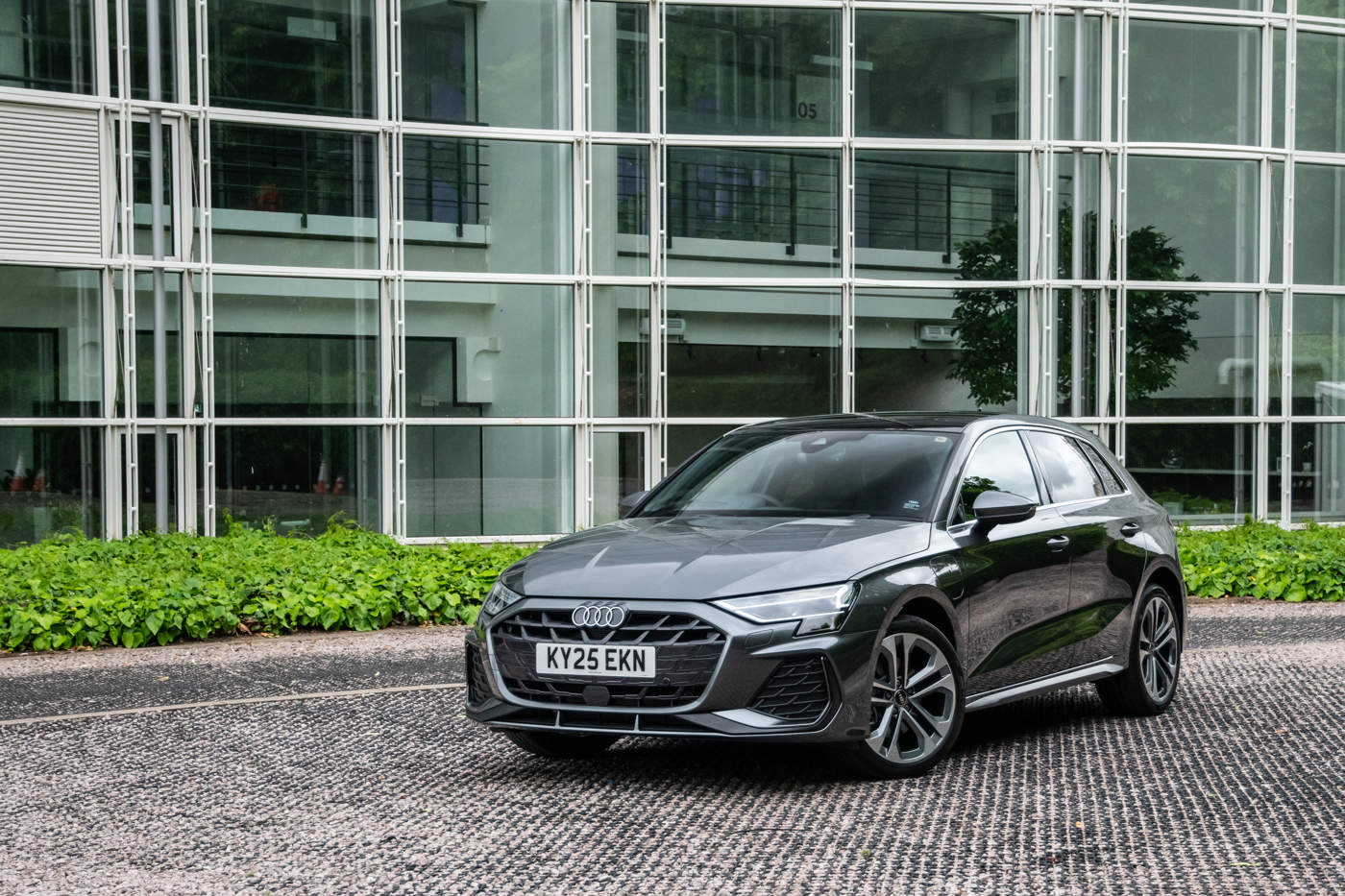
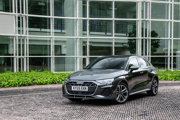

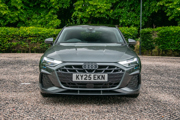
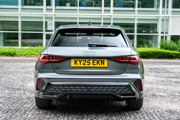
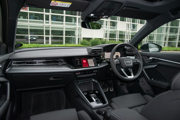
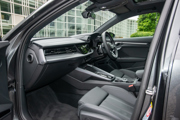
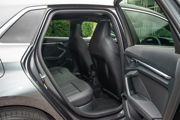
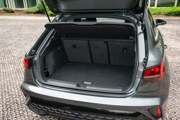





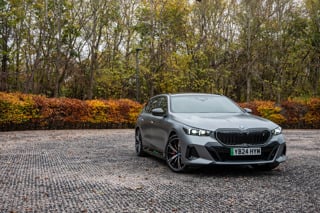
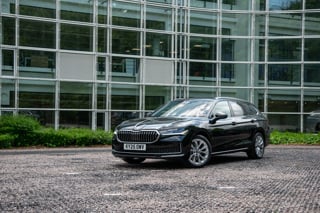
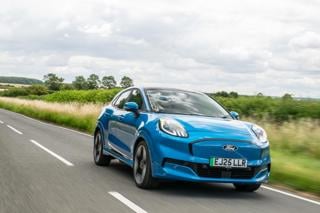












Login to comment
Comments
No comments have been made yet.